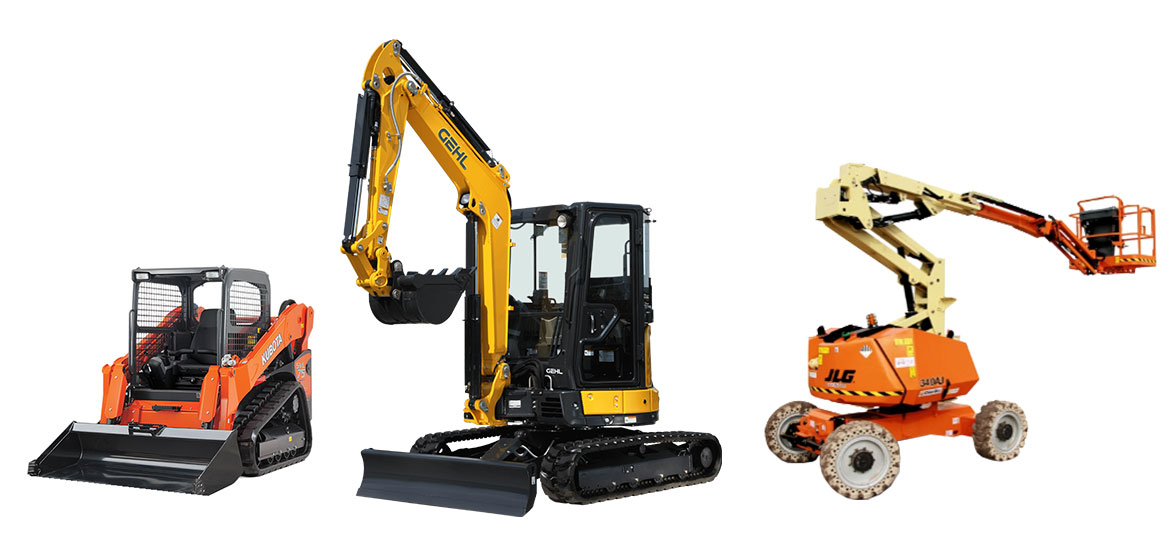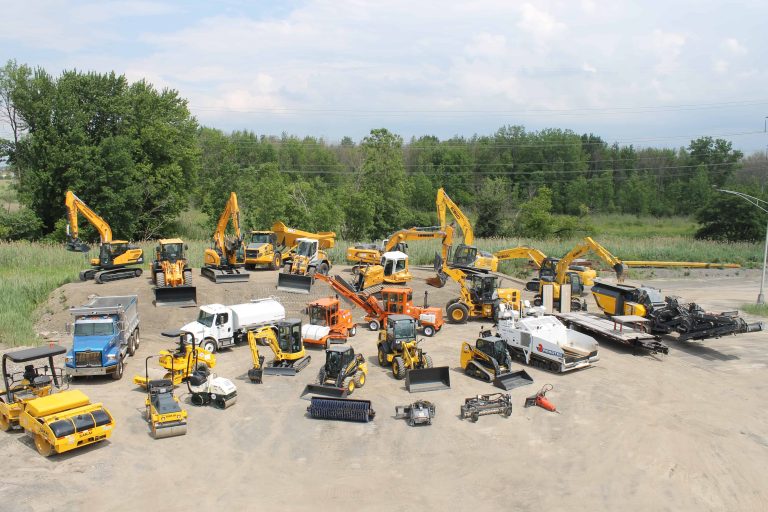Heavy Equipment Rental: Large Machinery for Any Construction Job
Heavy Equipment Rental: Large Machinery for Any Construction Job
Blog Article
Optimize Your Budget by Recognizing the Expenses Connected With Construction Tools Rentals
Understanding the full range of expenses associated with building and construction devices rentals is critical for optimizing your spending plan. What strategies can be used to effectively take care of these prices and make sure a much more effective rental experience?
Review of Rental Expenses
When considering construction devices leasings, recognizing the linked costs is critical for effective budgeting and task planning. Rental costs can differ dramatically based upon numerous aspects, including tools type, period of leasing, and location. The initial rental fee usually reflects the devices's market demand and its linked functional capabilities, influencing the total expenditure.
Along with the base rental rate, ancillary costs might emerge, such as transport charges, gas surcharges, and upkeep costs. It is important to represent these extra costs to accurately evaluate the overall expense of leasing devices. In addition, the rental period can affect prices; longer services may qualify for discounted rates, while short-term rentals might incur greater everyday fees.

Failure of Rental Rates
An extensive understanding of rental rates is crucial for professionals and task supervisors intending to optimize their spending plans. Rental rates for building and construction equipment usually are composed of several elements, consisting of base prices, time-based costs, and use fees.
Base rates are the core charges linked with the service of the tools, frequently figured out by the kind and size of the equipment. These rates can differ significantly, affected by factors such as devices demand, schedule, and regional market patterns. Time-based charges, which may be daily, weekly, or monthly, serve to fit different project timelines and rental durations.
In addition, rental prices might consist of use costs, which are applicable when devices is made use of beyond a defined threshold, guaranteeing that the rental company can make up wear and tear. Seasonal demand variations can also affect rental rates, with peak building and construction seasons typically commanding greater rates.
In addition, understanding the rental firm's policies relating to maintenance and insurance coverage can offer more understanding right into the general cost structure. By examining these elements, professionals can make educated choices, guaranteeing the choice of rental equipment straightens with both task requirements and spending plan constraints.
Additional Charges to Consider
Comprehending the complexities of additional costs is essential for specialists to manage their general leasing costs effectively. Beyond the standard rental prices, various supplementary costs can significantly influence the complete expense of tools rental. These fees commonly consist of distribution and pick-up fees, which can differ based upon distance and logistics associated with transferring the equipment to and from the work website.
Moreover, some rental business may enforce fuel surcharges if the equipment is returned with less fuel than when leased. It is additionally vital to be conscious of potential cleansing fees, specifically for specialized equipment that requires complete maintenance after use.

Completely assessing the rental agreement and clearing up these added fees upfront can help service providers make sure and avoid unexpected costs that budgets stay intact throughout the task lifecycle.
Upkeep and Repair Service Expenditures
Normal maintenance and repair expenses are frequently forgotten factors that can significantly influence the overall cost of building and construction equipment rentals. When renting tools, it is essential to take into consideration not only the visit site rental fees yet also the potential expenses connected with maintaining the equipment in optimal operating problem.
Numerous rental companies consist of standard maintenance as component of the rental agreement; nonetheless, extra unanticipated break downs or substantial repairs can cause added expenses. It's vital to assess the rental agreement very carefully to comprehend what maintenance solutions are covered and what obligations fall on the renter.
Furthermore, equipment that is not well-kept can bring about inadequacies on duty site, possibly triggering hold-ups and increasing project expenses. To minimize these risks, it is advisable to perform normal evaluations and maintain open communication with the rental copyright relating to any type of concerns that develop throughout usage.
Insurance and Liability Costs
Insurance and responsibility prices are essential elements that can dramatically affect the overall cost of building devices rentals (equipment rental company). These costs make certain that both the rental business and the customer are secured from prospective economic losses developing from crashes, damages, or burglary during the rental period

Furthermore, customers must be aware of any type of deductibles or exemptions in the insurance coverage, as these can affect potential out-of-pocket expenses. Comprehending the terms and conditions of any insurance coverage is important to avoid unanticipated prices. Inevitably, budgeting for insurance and obligation expenditures can assist make sure a smoother rental experience and secure against financial threats connected with building and construction jobs.
Verdict
In verdict, a thorough understanding here of the costs linked with building devices rentals is necessary for reliable budget management. Ultimately, educated decision-making concerning devices leasings adds to the total success of building and construction undertakings.
Rental prices can differ substantially based on numerous aspects, consisting of equipment kind, duration of rental, and area (heavy equipment rental). The rental period can impact rates; longer services may qualify for affordable prices, while temporary leasings could sustain higher everyday charges
By performing complete research and involving with trusted rental business, contractors can efficiently browse the intricacies of rental pricing, eventually optimizing their economic resources.
Past the typical rental prices, various additional costs can significantly influence the complete cost of equipment service. Rental business commonly offer obligation insurance Recommended Site coverage that covers injuries to third parties or damage to property, while tools damages insurance policy can cover the price of repair work or replacement if the rented tools is damaged.
Report this page